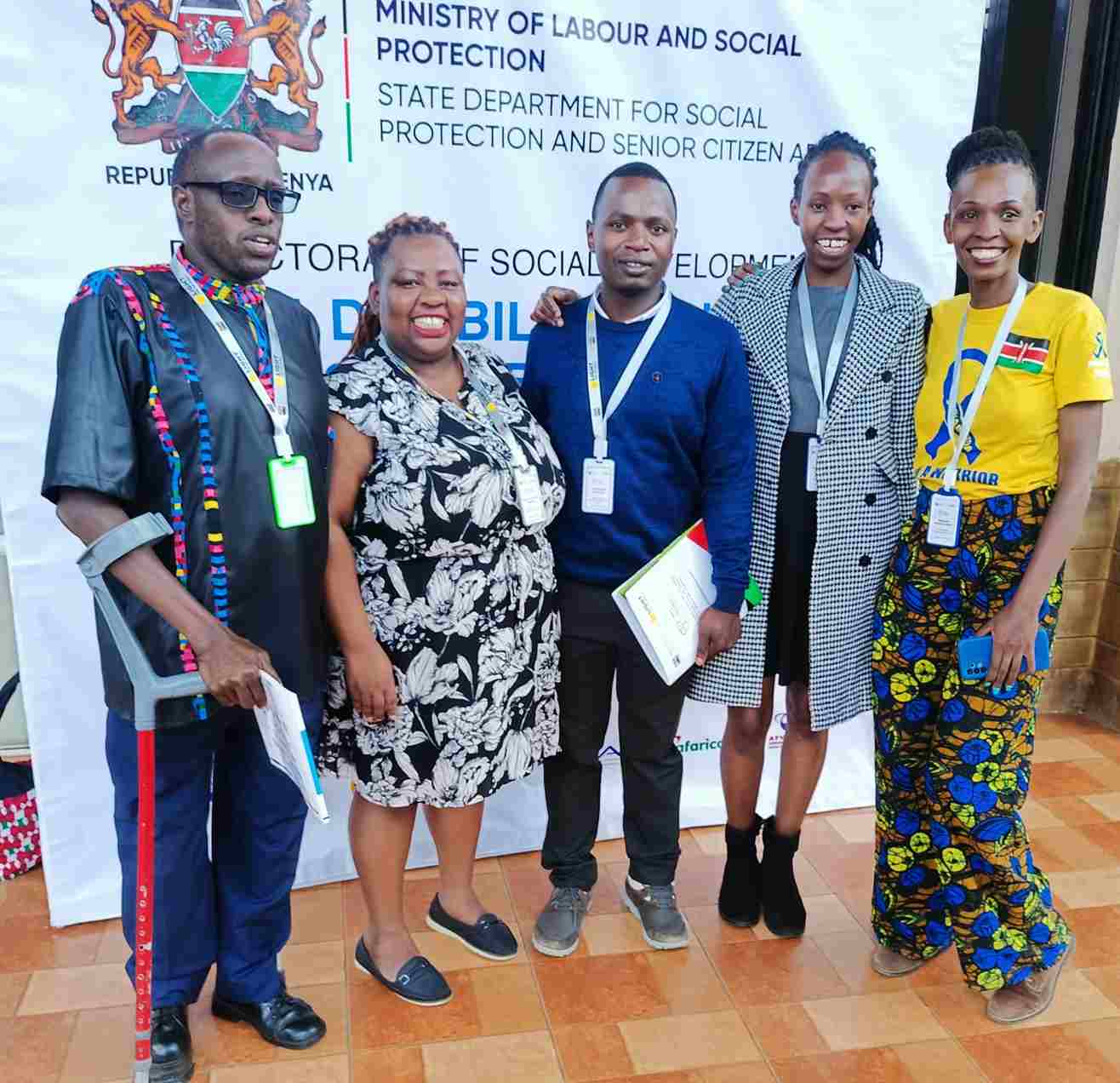In our world today, intersectionality is a term that has become increasingly popular, and for good reason. It is a term that cuts across all aspects of human life, and encompasses a wide range of groups, including those belonging to national or ethnic, religious and linguistic minorities, refugees, asylum-seekers, internally displaced people, people with disabilities, people living in extreme poverty, women, and the LGBTQi+ communities.
However, it is important to note that one group that is often overlooked in discussions about intersectionality is people with invisible disabilities. This group of individuals face a myriad of challenges, and their form of disability is itself an agent of discrimination under the disability community, cutting them off from being fully represented and exposing them to further discrimination.
Individuals with invisible disabilities, such as neurodivergent, Down syndrome, dyslexia, epilepsy, cerebral palsy, and the deafblind among others, are particularly vulnerable to underrepresentation and discrimination. These individuals, together with their caregivers, face numerous challenges from interpersonal to societal integration, in comparison with other forms of disability who can voice their challenges.
The Kenya Disability Inclusion Conference held from the 28th to 29th of November, 2023, sought to address this issue of underrepresentation, as well as other emerging issues affecting persons with disabilities in the country. It aimed at enabling persons with disabilities to participate in social and economic activities in the community by discussing policies and initiatives and recommitting to implementing national policies and legislations at the community, county, and national levels.
It’s the 2nd day of the Kenya Disability Inclusion Conference. Coming up next is my fav session on Underrepresented Groups of Persons with Disabilities. Eager to engage on how this intersects with our work @KICTANet Digital Accessibility.#DisabilityConference2023 pic.twitter.com/221p25KceL
— Nic Nyakundi (@NicNyakundi) November 29, 2023
One of the key recommendations that emerged from the conference was the need for each individual, institution, organisation, or community to respect and exercise the call of Article 27 of the 2010 Kenya Constitution on Equality and Freedom from Discrimination. This call to action is particularly important because discrimination against persons with disabilities is still rife in many parts of the country, and legal frameworks are needed to safeguard their rights.
Another recommendation was the need for accurate, up-to-date, and segregated data that maps these individuals in Kenya. Such data could shed light on the state of their representation, and areas for improvement. It should clearly state the type of disability as this could be the barrier to representation. This a consideration that the Kenya National Bureau of Statistics (KNBS) ought to pick up on in their upcoming survey in 2024.
The Sustainable Development Goals (SDGs) address the issues of underrepresentation and misrepresentation among its specific goals, but locally we are yet to fully own the goals. We need specific actions like calling the Kenya Institute of Special Education (KISE) to develop a curriculum on alternative learning e.g. one on ductile learning for the deafblind.
Additionally, the conference proposed the need for alternative and augmented communication devices and technologies for persons with neurodiversity, and streaming and harmonization of laws and public services to protect this community. It is not strange to our courts for a neurodivergent individual to be sent for assessment even after presenting their disability registration card issued by the National Council for Persons with Disabilities (NCPWD).
The issue of poverty among individuals with disabilities is a cause for concern. Being born into poverty is the worst-case scenario for an individual with a disability. With no legal frameworks to protect them, it can be a tiresome and wearing experience to cut through the layers of socio-economic barriers to fully live as a self-reliant and independent member of society.
It is important to acknowledge that intersectionality can be a tool and an agent of change. The key step to this is acknowledging its presence and accepting that each individual has unique needs. There is no one-size-fits-all solution to addressing the diversity and uniqueness of disabilities. With this in mind, we can easily and accurately provide reasonable accommodations, and set the path towards creating concrete and sustainable solutions for inclusion.
In conclusion, it is important to recognize that intersectionality is not just a buzzword, but a real issue that affects many individuals and groups in our society. The issue of underrepresentation and discrimination against persons with disabilities is particularly acute and requires urgent action to ensure that they are fully included in society. By respecting and exercising the call of Article 27 of the 2010 Kenya Constitution on Equality and Freedom from Discrimination, and other recommendations from the Kenya Disability Inclusion Conference, we can take concrete steps towards creating a more inclusive society for all.
Nicodemus Nyakundi is an ICT Access and Equality Fellow for PWDs at KICTANet. He has a background in IT and advocates for digital inclusivity.
![]()




